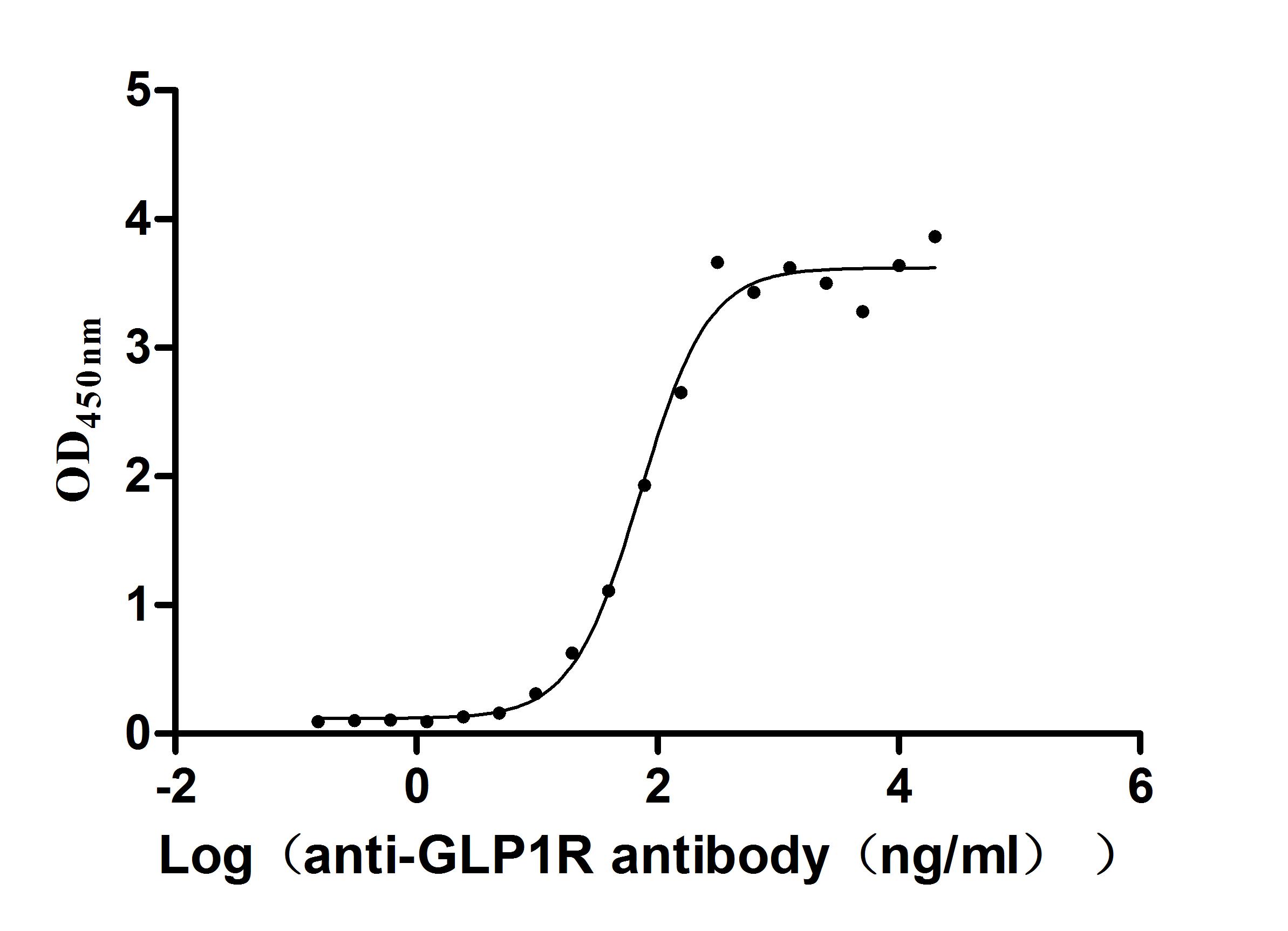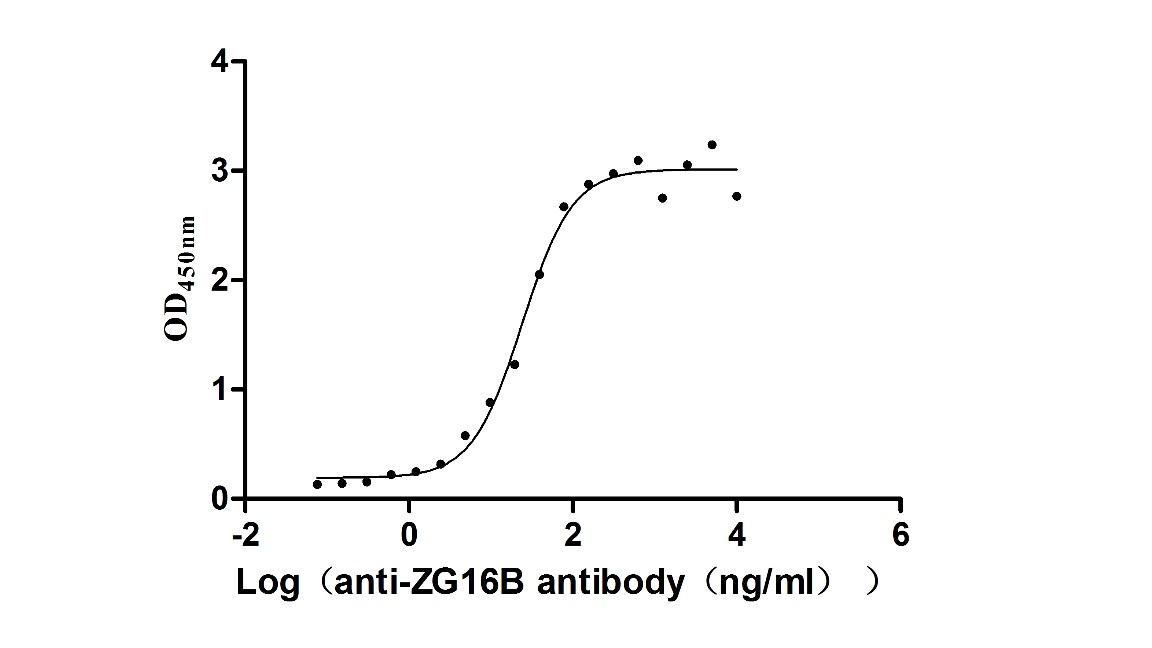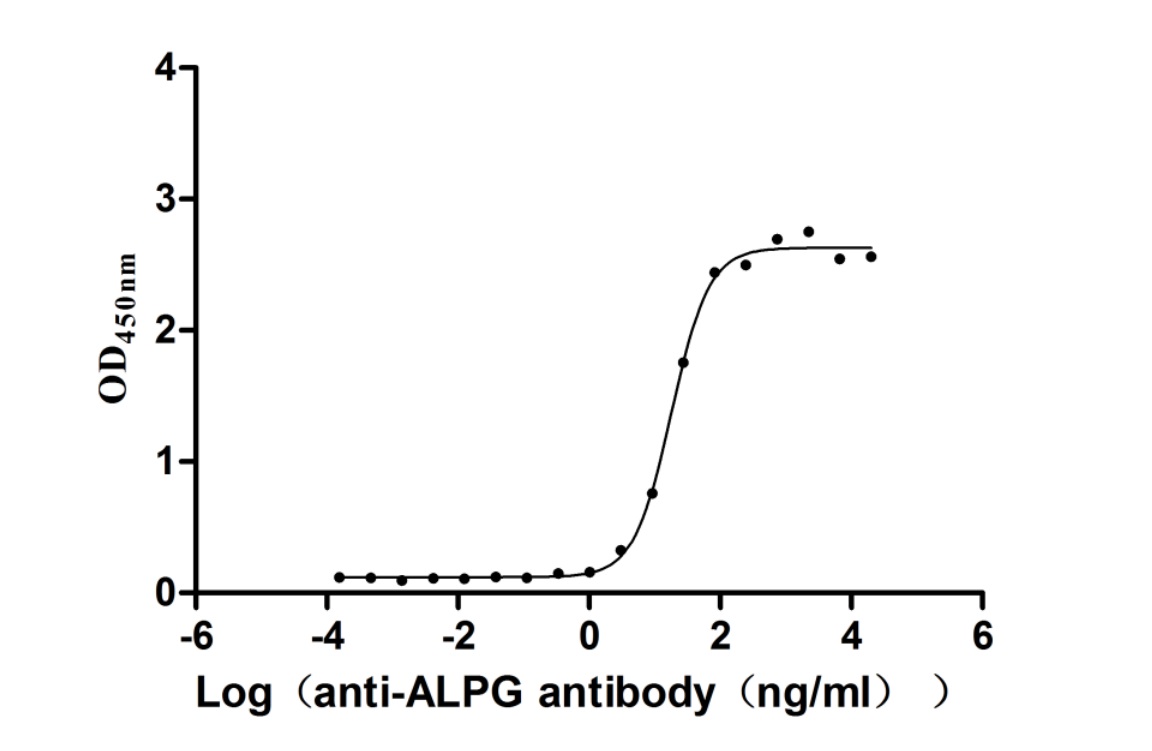Recombinant Human ATM interactor (ATMIN), partial
-
中文名稱:Recombinant Human ATM interactor(ATMIN) ,partial
-
貨號:CSB-YP002304HU
-
說明書:
-
規格:
-
來源:Yeast
-
其他:
-
中文名稱:Recombinant Human ATM interactor(ATMIN) ,partial
-
貨號:CSB-EP002304HU
-
說明書:
-
規格:
-
來源:E.coli
-
其他:
-
中文名稱:Recombinant Human ATM interactor(ATMIN) ,partial
-
貨號:CSB-EP002304HU-B
-
說明書:
-
規格:
-
來源:E.coli
-
共軛:Avi-tag Biotinylated
E. coli biotin ligase (BirA) is highly specific in covalently attaching biotin to the 15 amino acid AviTag peptide. This recombinant protein was biotinylated in vivo by AviTag-BirA technology, which method is BriA catalyzes amide linkage between the biotin and the specific lysine of the AviTag.
-
其他:
-
中文名稱:Recombinant Human ATM interactor(ATMIN) ,partial
-
貨號:CSB-BP002304HU
-
說明書:
-
規格:
-
來源:Baculovirus
-
其他:
產品詳情
-
純度:>85% (SDS-PAGE)
-
基因名:ATMIN
-
Uniprot No.:
-
別名:ASCIZ; ATM INteracting protein; ATM interactor; ATM substrate CHK2-interacting zinc finger protein; ATM/ATR substrate CHEK2 interacting zinc finger protein; ATM/ATR Substrate Chk2 Interacting Zn++ finger protein; ATM/ATR substrate Chk2 interacting Zn2+ finger protein; ATM/ATR-substrate CHK2-interacting zinc finger protein; ATMIN; ATMIN_HUMAN; DKFZp779K1455; FLJ76795; KIAA0431; Zinc finger protein 822; ZNF 822; ZNF822
-
種屬:Homo sapiens (Human)
-
蛋白長度:Partial
-
蛋白標簽:Tag?type?will?be?determined?during?the?manufacturing?process.
The tag type will be determined during production process. If you have specified tag type, please tell us and we will develop the specified tag preferentially. -
產品提供形式:Lyophilized powder Warning: in_array() expects parameter 2 to be array, null given in /www/web/cusabio_cn/public_html/caches/caches_template/default/content/show_product_protein.php on line 662
Note: We will preferentially ship the format that we have in stock, however, if you have any special requirement for the format, please remark your requirement when placing the order, we will prepare according to your demand. -
復溶:We recommend that this vial be briefly centrifuged prior to opening to bring the contents to the bottom. Please reconstitute protein in deionized sterile water to a concentration of 0.1-1.0 mg/mL.We recommend to add 5-50% of glycerol (final concentration) and aliquot for long-term storage at -20℃/-80℃. Our default final concentration of glycerol is 50%. Customers could use it as reference.
-
儲存條件:Store at -20°C/-80°C upon receipt, aliquoting is necessary for mutiple use. Avoid repeated freeze-thaw cycles.
-
保質期:The shelf life is related to many factors, storage state, buffer ingredients, storage temperature and the stability of the protein itself.
Generally, the shelf life of liquid form is 6 months at -20°C/-80°C. The shelf life of lyophilized form is 12 months at -20°C/-80°C. -
貨期:Delivery time may differ from different purchasing way or location, please kindly consult your local distributors for specific delivery time.Note: All of our proteins are default shipped with normal blue ice packs, if you request to ship with dry ice, please communicate with us in advance and extra fees will be charged.
-
注意事項:Repeated freezing and thawing is not recommended. Store working aliquots at 4°C for up to one week.
-
Datasheet :Please contact us to get it.
相關產品
靶點詳情
-
功能:Transcription factor. Plays a crucial role in cell survival and RAD51 foci formation in response to methylating DNA damage. Involved in regulating the activity of ATM in the absence of DNA damage. May play a role in stabilizing ATM. Binds to the DYNLL1 promoter and activates its transcription.
-
基因功能參考文獻:
- The study results improve our understanding of the ATMIN-KRas axis leading to HNSCC migration or invasion and metastasis and facilitates the identification of possible therapy targets of downstream genes for designing effective therapeutic strategies in personalized medicine PMID: 28012797
- ASCIZ/ATMIN is dispensable for ATM activation, and contradict the previously reported dependence of ATM on ASCIZ/ATMIN. PMID: 28648892
- WRNIP1 connects PCNA monoubiquitination with ATMIN/ATM to activate ATM signalling in response to replication stress and contribute to the maintenance of genomic stability. PMID: 26549024
- Studies suggest that ATM INteractor (ATMIN) could be an important biomarker in disease prognosis and treatment that might lighten the burden of chronic kidney disease and also affect on its progression. PMID: 27913685
- Repression of ATMIN in hypoxia is mediated by both p53 and HIF-1alpha in an oxygen dependent manner. PMID: 26875667
- ATMIN is required for cell cycle progression and chromosome segregation following replication stress.ATMIN is required for the ATM-mediated signaling and recruitment of 53BP1 to DNA damage sites upon replication stress. PMID: 25262557
- The ASCIZ-DYNLL1 feedback loop represents a novel mechanism for auto-regulation of gene expression, where the gene product directly inhibits the transcriptional activator while bound at its own promoter. PMID: 22167198
- these results imply a potential cellular interference between DYNLL1 and ATMIN functions. PMID: 21971545
- Absence of Asciz (Atmin) leads to increased oxidative and methylating DNA base damage sensitivity in primary fibroblasts PMID: 20975950
- Asciz (Atmin) deletion or knock-down does not affect ATM levels and activation in mouse, chicken, or human cells PMID: 20975950
- ASCIZ acts as a lesion-specific focus scaffold in a Rad51-dependent pathway that resolves cytotoxic repair intermediates, most likely single-stranded DNA gaps, resulting from MLH1-dependent processing of base lesions. PMID: 15933716
- ATMIN defines a novel NBS1-independent pathway of ATM signalling. PMID: 17525732
- These data suggest that ASCIZ may affect the choice between competing base repair pathways in a manner that reduces the amount of substrates available for Ig gene conversion. PMID: 18433721
- ASCIZ (ATMIN) is structurally related to the yeast ATM/ATR substrate Mdt1 (Pin4/Ybl051c); both proteins contain SQ/TQ cluster domains and interact with N-terminal FHA domains of CHK2/Rad53 kinases. PMID: 18728389
- ATM/ATR-Substrate Chk2-Interacting Zn2+-finger protein (ASCIZ) required for repair of abasic sites after methylating and oxidative DNA damage but not double-strand breaks. Forms DNA damage-induced foci with RAD51 and ssDNA. ASCIZ foci depend on MLH1. PMID: 15933716
顯示更多
收起更多
-
亞細胞定位:Nucleus. Note=Nuclear, in discrete foci during G1 phase.
-
組織特異性:Ubiquitously expressed in normal tissues and cancer cell lines with highest levels in placenta and skeletal muscle.
-
數據庫鏈接:
Most popular with customers
-
Recombinant Human Macrophage migration inhibitory factor (MIF) (Active)
Express system: Mammalian cell
Species: Homo sapiens (Human)
-
Recombinant Human Tumor necrosis factor ligand superfamily member 8 (TNFSF8), partial (Active)
Express system: Mammalian cell
Species: Homo sapiens (Human)
-
Recombinant Dog B-lymphocyte antigen CD20 (MS4A1)-VLPs (Active)
Express system: Mammalian cell
Species: Canis lupus familiaris (Dog) (Canis familiaris)
-
Recombinant Human Claudin-6 (CLDN6)-VLPs (Active)
Express system: Mammalian cell
Species: Homo sapiens (Human)
-
Recombinant Human Complement component C1q receptor (CD93), partial (Active)
Express system: Mammalian cell
Species: Homo sapiens (Human)
-
Recombinant Human Glucagon-like peptide 1 receptor (GLP1R), partial (Active)
Express system: Mammalian cell
Species: Homo sapiens (Human)
-
Recombinant Macaca fascicularis zymogen granule protein 16 homolog B (ZG16B) (Active)
Express system: Mammalian cell
Species: Macaca fascicularis (Crab-eating macaque) (Cynomolgus monkey)
-
Recombinant Human Alkaline phosphatase, germ cell type (ALPG) (Active)
Express system: Mammalian cell
Species: Homo sapiens (Human)



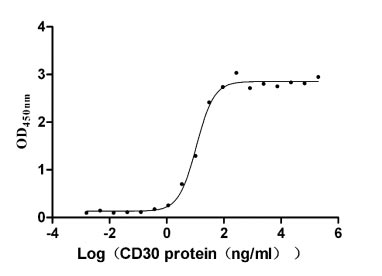
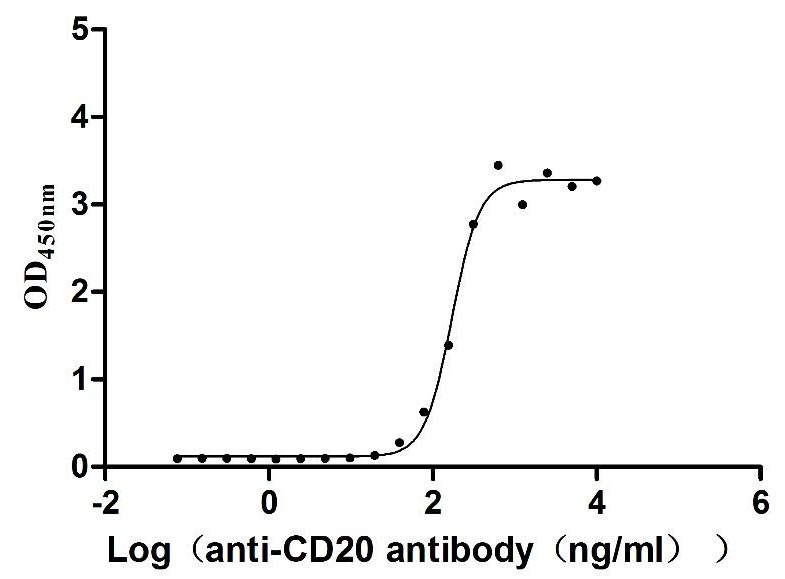
-AC2.jpg)

